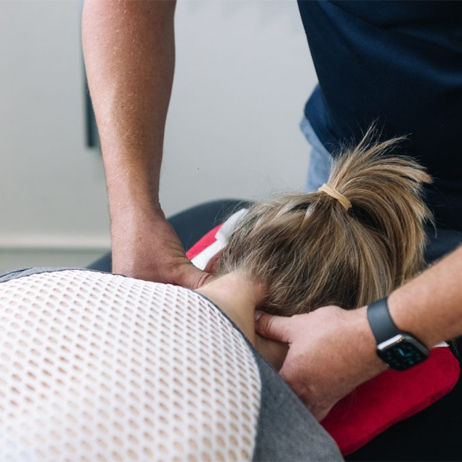
Physiotherapy
Physiotherapy, also known as physical therapy, is a healthcare discipline that focuses on the diagnosis, treatment and management of physical impairments, disabilities and pain through non-invasive methods. It uses various techniques such as exercise, manual therapy, education and counseling to restore, maintain and improve physical function, movement and overall health.
Treatments of Physiotherapy
 Manual Therapy
Manual Therapy Exercise Therapy
Exercise Therapy Electrotherapy
Electrotherapy
 Walking Training
Walking Training Pain Management
Pain Management Posture and Ergonomics Training
Posture and Ergonomics Training
Benefits Of Physiotherapy
- Pain relief: Reduces or eliminates pain through targeted therapy, often without the need for medication.
- Improved mobility and flexibility: Increases range of motion in joints and muscles, making daily activities easier and more comfortable.
- Accelerated recovery: Accelerates healing and recovery from injuries, surgery, or illnesses by promoting tissue repair and strengthening.
- Injury prevention: Strengthens muscles and improves body mechanics, reducing the risk of future injuries.
- Management of chronic conditions: Helps manage chronic conditions such as arthritis, diabetes, and heart disease through tailored exercise programs and education.
- Improved recovery after surgery: Helps regain strength and function after surgery such as joint replacement or spinal surgery.
- Improved balance and coordination: Improves balance and reduces the risk of falls, especially in older adults or people with neurological conditions.
- Increased independence: Restores physical function, enabling a person to perform daily activities with greater ease and independence.




